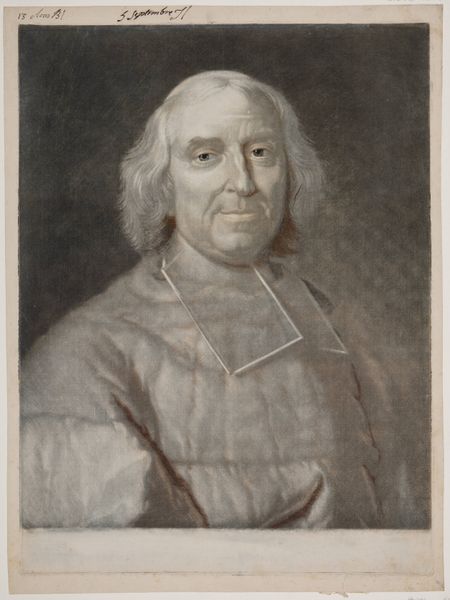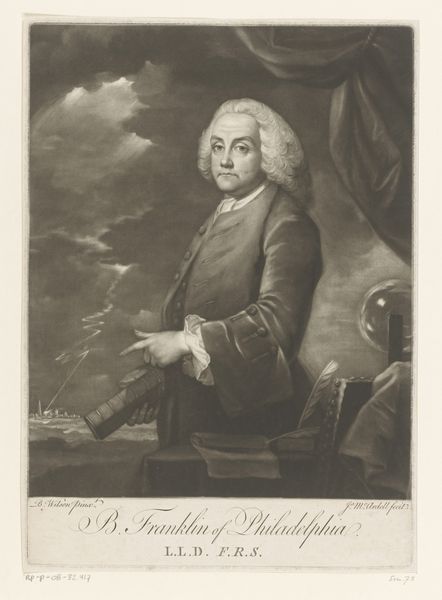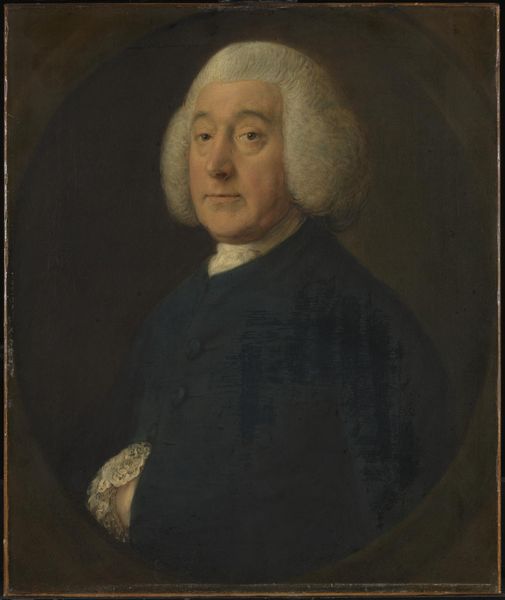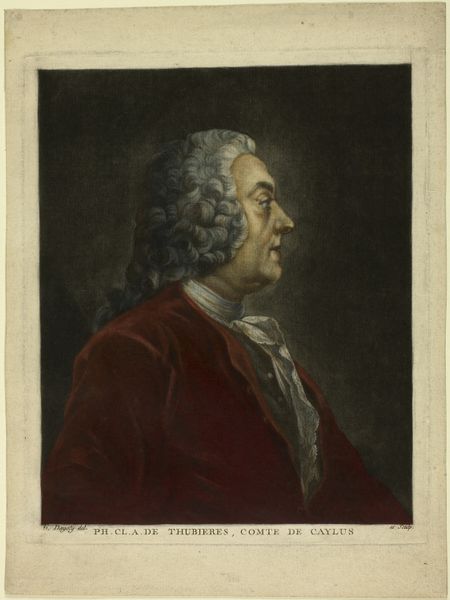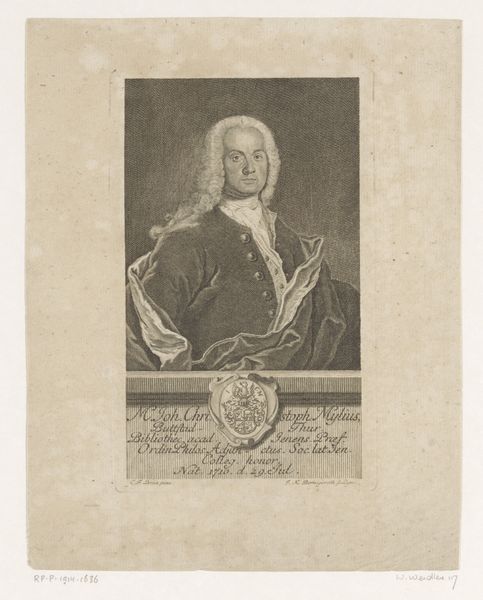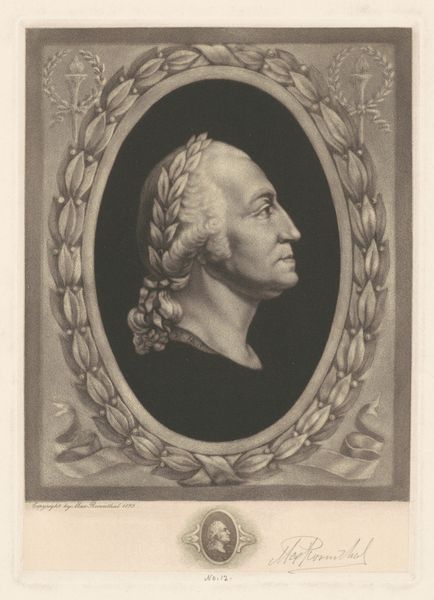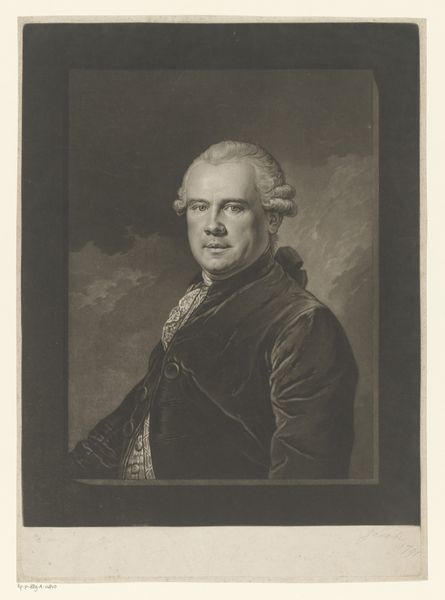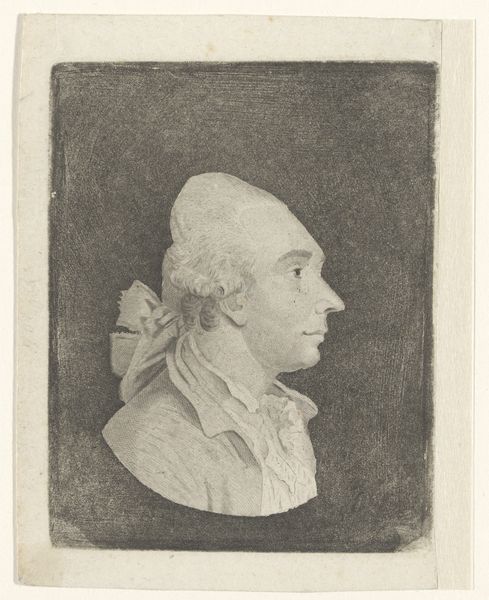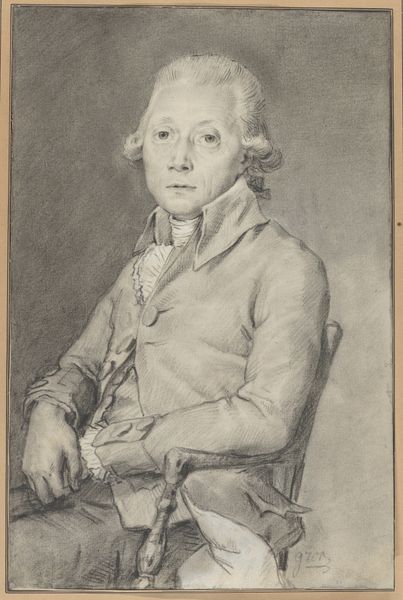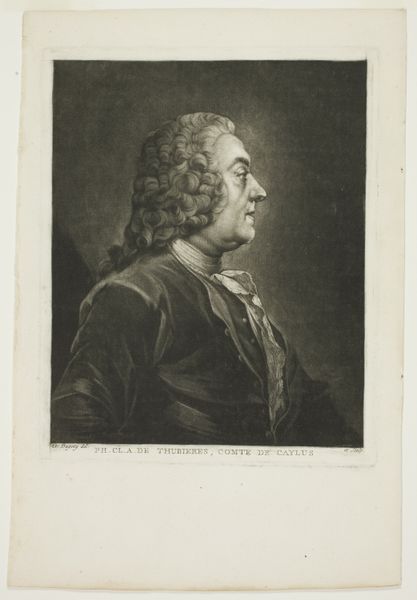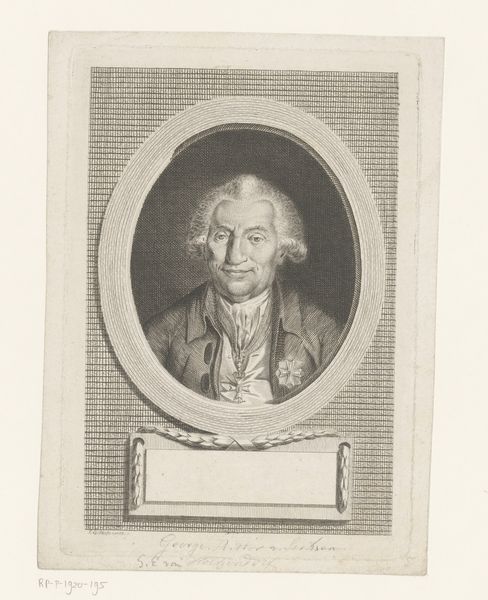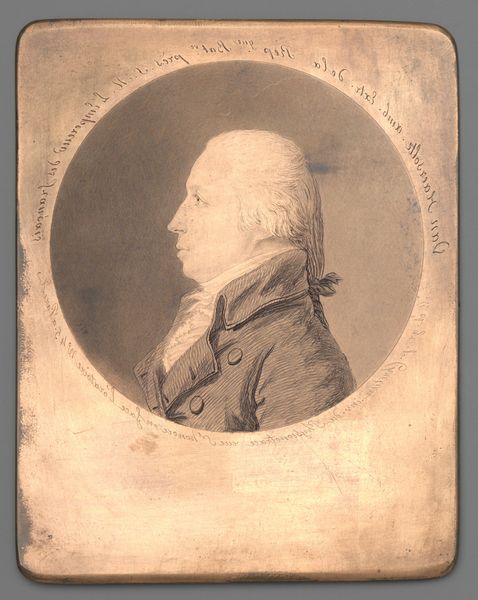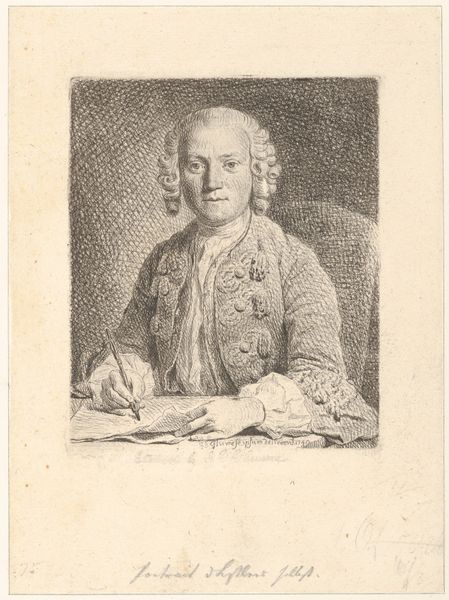
drawing, ink
#
portrait
#
drawing
#
baroque
#
ink
Copyright: Public Domain
This is a portrait of a clergyman with a wig in profile to the left, made by Benjamin Calau. Observe the clergyman's wig. It signifies status, but it also obscures the individual, creating a mask. Wigs appear throughout history, from ancient Egypt to 18th-century Europe, each time serving as a symbol of power and artifice. Think of the elaborate hairstyles of the French court—veritable sculptures of status. But what is hidden beneath? The baldness, the mortality, the all-too-human vulnerability. The wig is a theatrical device, much like the masks used in ancient Greek drama, worn to project an image, to embody a role. It reveals a societal need to project an image, to conform, to perform. This tension between appearance and reality engages us on a deep, subconscious level. This symbol of the wig has resurfaced, evolved, and taken on new meanings in different historical contexts.
Comments
No comments
Be the first to comment and join the conversation on the ultimate creative platform.
